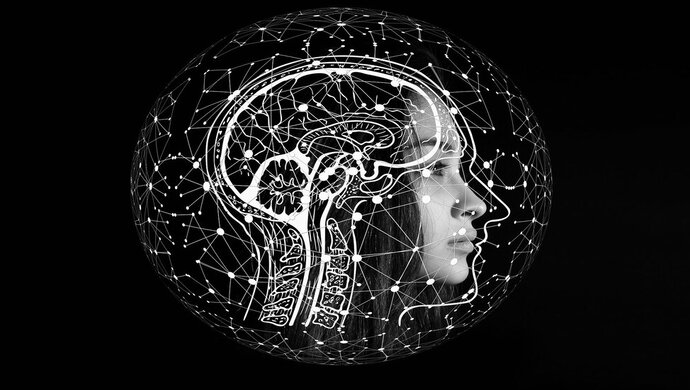
Change is a paradox. Ask anyone whether there’s something they’d like to change about the way things are, and the answer will nearly always be yes. At the same time, most change in our life happens without our conscious choice. Sure, there’s a saying that the future isn’t something we enter, but something we create. In reality, change happens to us more than it happens through us.
A simple reason for this is that most of our decisions originate in the subconscious part of our brain. You may have read before that emotions drive our decision-making, sometimes more than we like to admit. Our limbic brain, home to our emotions, has no concept of language.
It means that by the time we cognitively rationalise a choice and put this into thought and word, we already made up our mind. This assumed latency between choice formation and realisation is why we feel change happens to us, rather than through us. Whilst our limbic brain may have a mind of its own (yes, pun intended!) and some 400 million years of legacy, we are not entirely at its mercy.
Our rational thinking brain, the neocortex, does get a say. But crucially, the limbic brain is beautifully predictable, because its main goal in life is survival through basic needs. It worries, broadly, about food (me hangry), reproduction (me horny) and human interaction (me has trust issues.) There it is, trust.
Trust is an emotion emanating from the limbic brain. It serves to regulate our behaviour to keep us alive and well (you guessed it!) Highly organised forms of collaboration were key to our success as a species and impossible to achieve without trust. We simply cannot collaborate effectively with people when trust is absent.
Also Read: Christmas gift: e27 webinar with innovation strategist Philipp Kristian Diekhöner
But our limbic brain doesn’t care much about the big picture, it cares about survival. When in doubt, we distrust. If you see a bear in the wild, and you’re not sure whether she’s a friend or predator, a false positive (friend) could mean the end of your story. It’s for this reason we are at first doubtful of anything new, without really knowing why.
Yet, as our tribe around us starts adapting to a new situation (i.e., domesticating bears) we inadvertently adjust with it. Products and services that exploit this core human dynamic tend to outperform the market. Designing and managing for trust (more precisely, for maximising trust) is the core of this. We cannot change without it.
While distrust gets in the way of progress, high trust gets obstacles out of the way in enabling change. This is what I’ll be speaking with you about in e27’s upcoming webinar on building behaviour change. Our future is a product of how we collectively behave, and what choices we make today. Let’s have a conversation about the role technology, data and trust play in this, and how to harness this for your work/personal life.
–
Editor’s note: e27 publishes relevant guest contributions from the community. Share your honest opinions and expert knowledge by submitting your content here.
Join our e27 Telegram group here, or our e27 contributor Facebook page here.
Image Credit: Gerd Altmann
The post The change paradox: the role of technology, data and trust in building a behavioural change appeared first on e27.